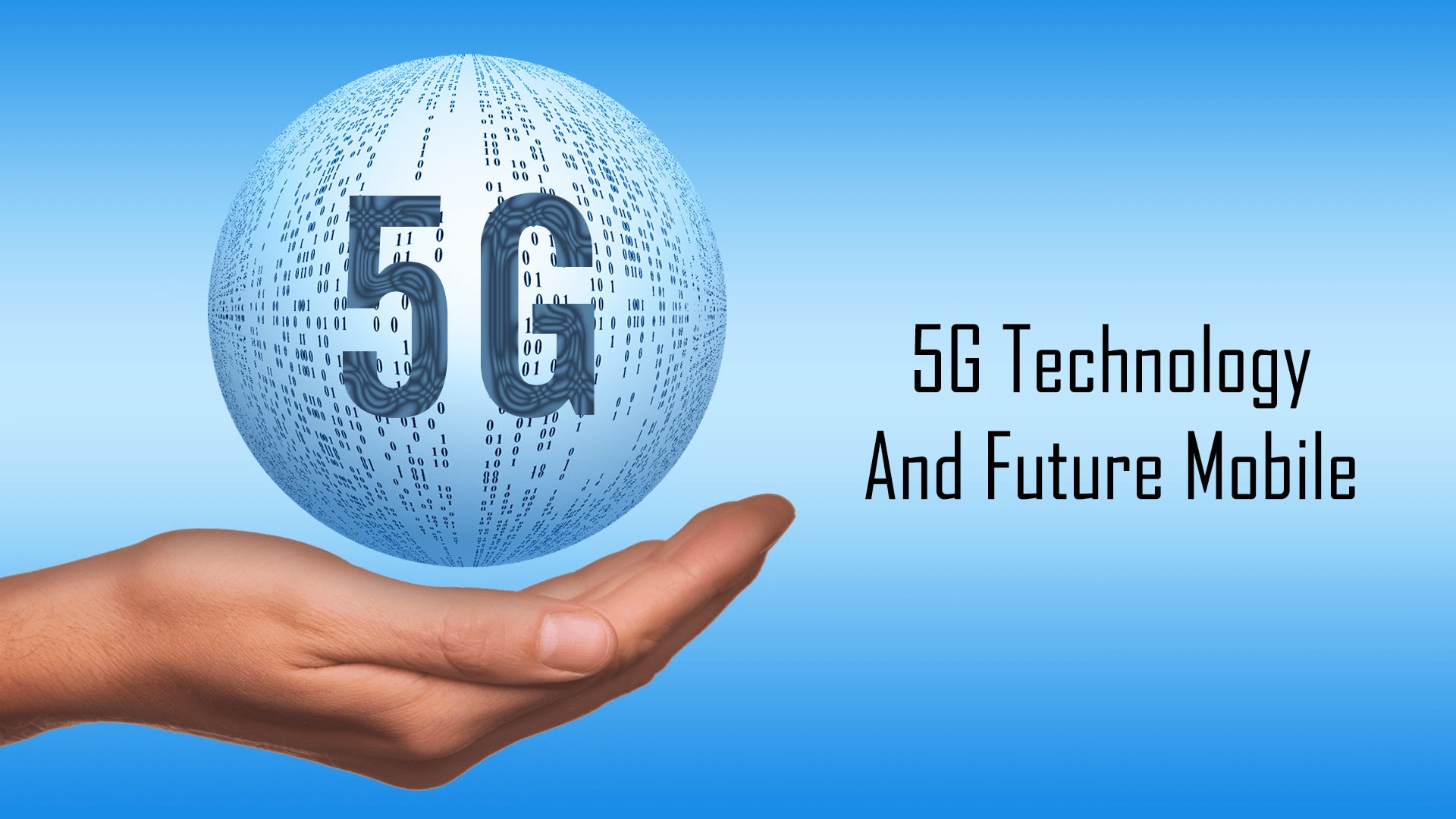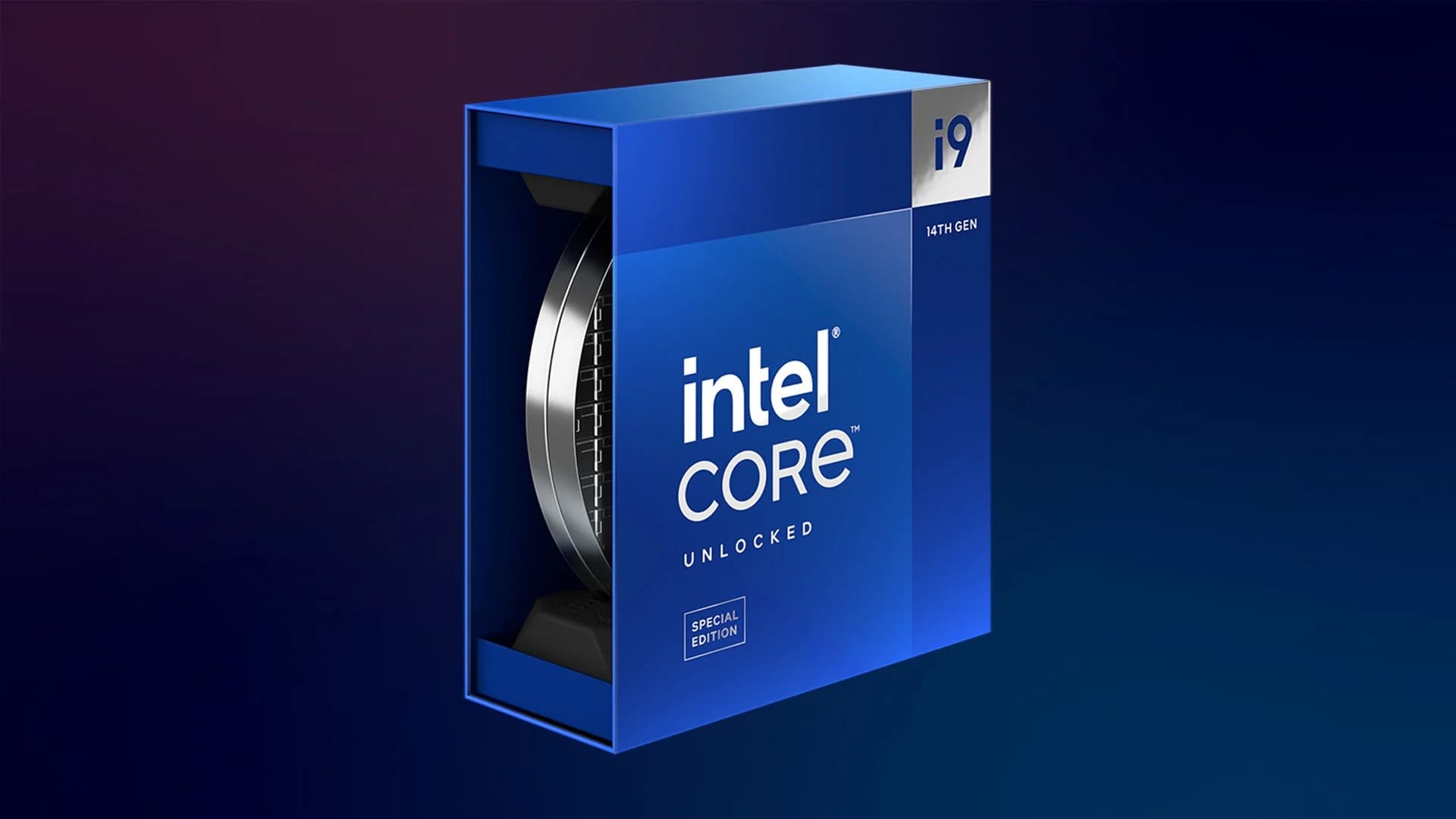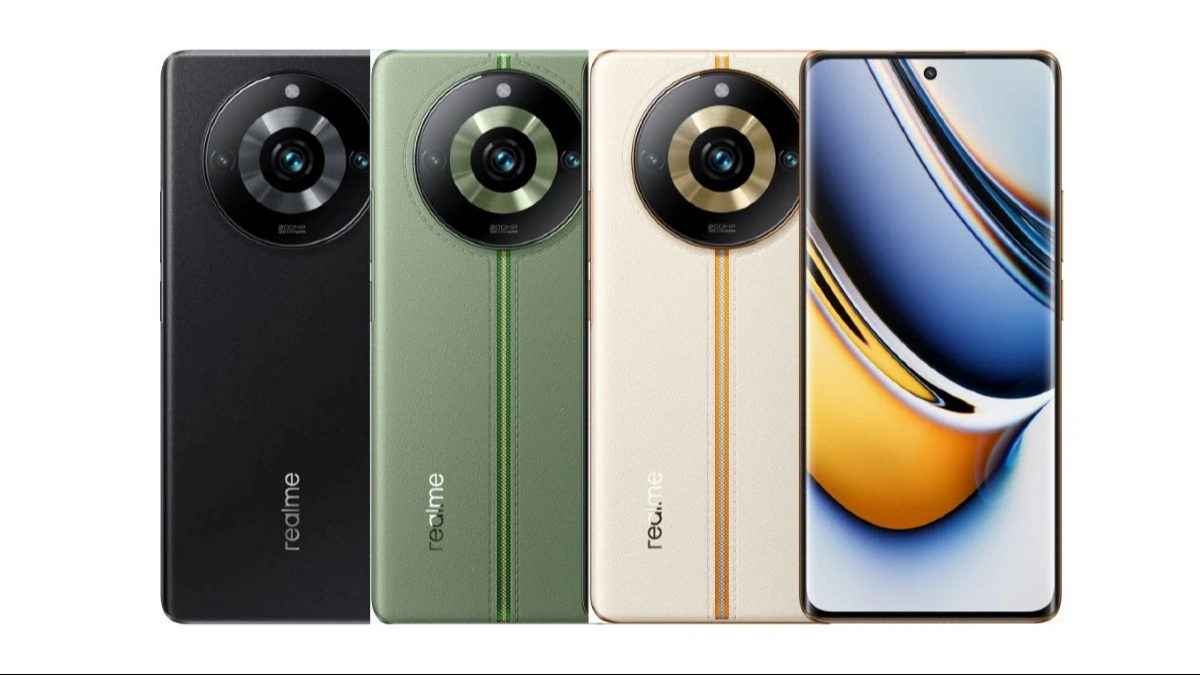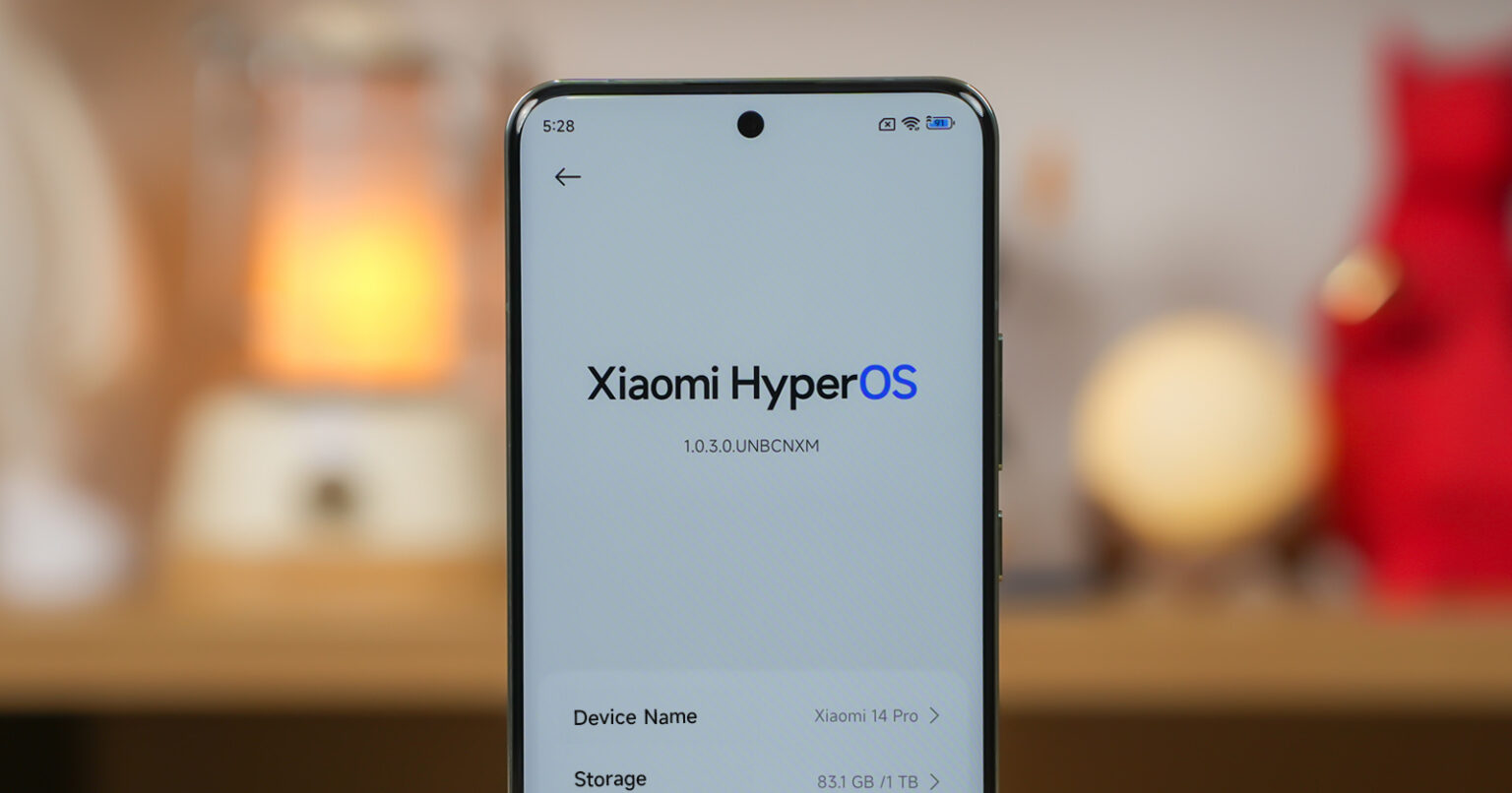5G is the fifth generation of cellular network technology. It is designed to offer significantly faster speeds, lower latency, and greater capacity than 4G LTE. 5G is expected to revolutionize the way we live, work, and play.
What is 5G?
5G is a new cellular network technology that uses radio waves to transmit data. It is the successor to 4G LTE, which is the current standard for mobile networking. 5G promises to offer significantly faster speeds, lower latency, and greater capacity than 4G LTE.
What are the advantages of 5G?
The advantages of 5G include:
- Faster speeds: 5G can deliver data speeds of up to 10 Gbps, which is 10 to 100 times faster than 4G LTE. This means that you can download movies, stream videos, and play games in a fraction of the time.
- Lower latency: Latency is the time it takes for a signal to travel from one point to another. 5G has much lower latency than 4G LTE, which means that there is less lag when you are using applications that require real-time communication, such as video conferencing and online gaming.
- Greater capacity: 5G can support more devices on the network than 4G LTE. This is important for applications such as the Internet of Things (IoT), where there are many devices that need to be connected to the internet.
How is 5G different from 4G LTE?
5G is different from 4G LTE in several ways:
- Frequency bands: 5G uses a wider range of frequency bands than 4G LTE. This allows 5G to offer faster speeds and lower latency.
- Technology: 5G uses a different technology than 4G LTE. 5G uses millimeter wave (mmWave) and sub-6 GHz bands, while 4G LTE uses only sub-6 GHz bands.
- Deployment: 5G is being deployed using a different approach than 4G LTE. 5G is being deployed using a mix of standalone (SA) and non-standalone (NSA) networks. SA networks are fully 5G networks, while NSA networks use 4G LTE as a fallback.
What are the applications of 5G?
5G is expected to be used in a wide range of applications, including:
- Virtual reality and augmented reality: 5G’s high speeds and low latency will make it possible to stream VR and AR content without any lag. This could lead to new applications in gaming, education, and entertainment.
- Self-driving cars: 5G’s high speeds and low latency will be essential for self-driving cars to communicate with each other and with the infrastructure around them.
- Remote surgery: 5G’s high speeds and low latency will make it possible for surgeons to perform surgery remotely. This could help to improve access to healthcare in rural areas.
- Industry 4.0: 5G’s high speeds and low latency will be essential for the development of Industry 4.0, which is the use of automation and data to improve manufacturing processes.
- Smart cities: 5G can be used to connect smart city devices, such as traffic lights, streetlights, and environmental sensors. This will help to improve traffic flow, reduce pollution, and make cities more efficient.
- The metaverse: The metaverse is a virtual world that is being built using 5G technology. The metaverse is expected to be used for gaming, social networking, and work.
The future of 5G
5G is still in its early stages of development, but it has the potential to revolutionize the way we live, work, and play. It is expected to be used in a wide range of applications, and it is likely to have a significant impact on the global economy.
The development and deployment of 5G is facing some challenges, such as the high cost of infrastructure and the need for spectrum. However, these challenges are being addressed, and it is expected that 5G will become widely available in the coming years.
Here are some of the potential side effects of 5G networks:
- Headaches: Some people have reported experiencing headaches after being exposed to 5G radiation. However, there is no scientific evidence to support this claim.
- Eye problems: Some people have also reported experiencing eye problems, such as blurred vision and eye strain, after being exposed to 5G radiation. However, there is no scientific evidence to support this claim either.
- Sleep problems: Some people have reported experiencing sleep problems, such as insomnia and fatigue, after being exposed to 5G radiation. However, there is no scientific evidence to support this claim either.
- Cancer: Some people have raised concerns that 5G radiation could cause cancer. However, there is no scientific evidence to support this claim. In fact, the World Health Organization (WHO) has stated that there is no evidence that radiofrequency radiation from wireless networks, including 5G, causes cancer.
It is important to note that these are just potential side effects, and there is no scientific evidence to support any of them. More research is needed to determine the true impact of 5G radiation on human health.
Here are some of the reasons why there is no scientific evidence to support the claims of 5G’s side effects:
- 5G radiation is non-ionizing: Ionizing radiation, such as X-rays and gamma rays, can damage DNA and cause cancer. However, 5G radiation is non-ionizing, which means that it does not have enough energy to damage DNA.
- The exposure levels are low: The exposure levels to 5G radiation are very low. The Federal Communications Commission (FCC) has set safety limits for exposure to radiofrequency radiation, and 5G radiation is well below these limits.
- The studies have been inconclusive: The studies that have been done on the health effects of 5G radiation have been inconclusive. Some studies have shown no effects, while others have shown small effects that are not statistically significant.
Overall, the evidence does not support the claims that 5G radiation causes any health problems. More research is needed, but the current evidence suggests that 5G is safe.










